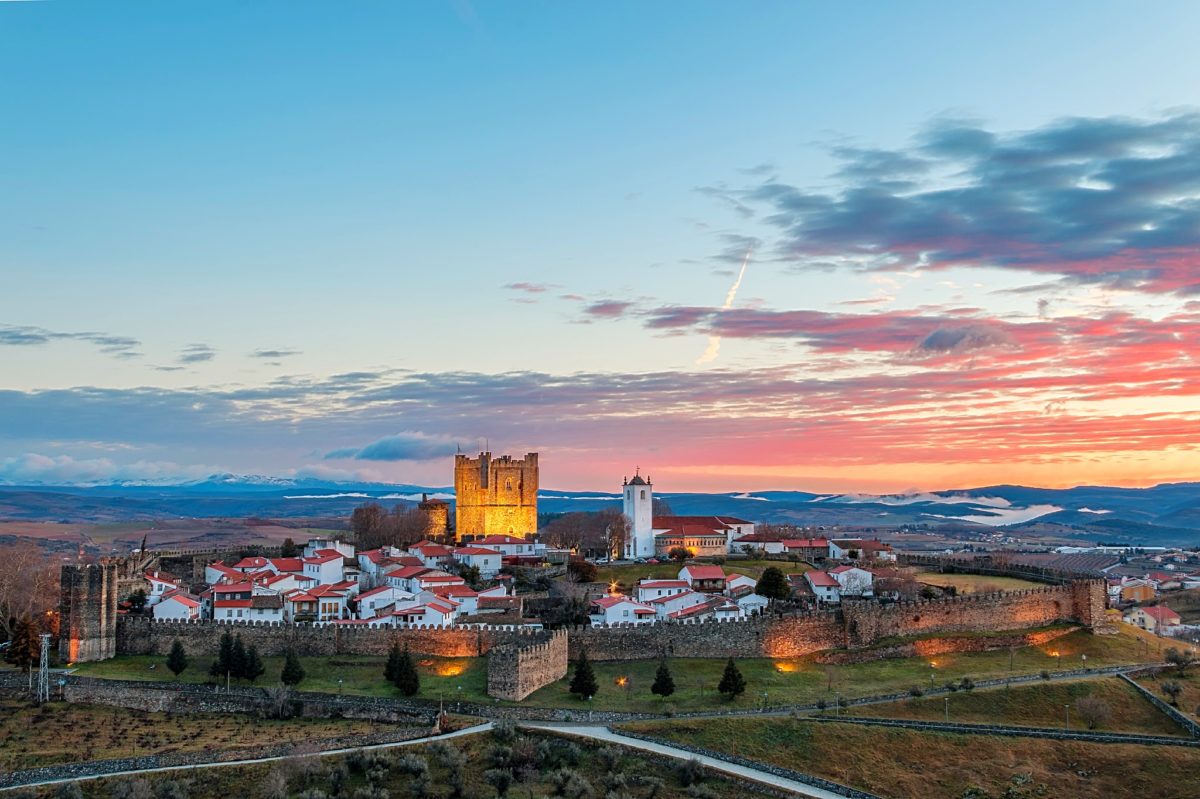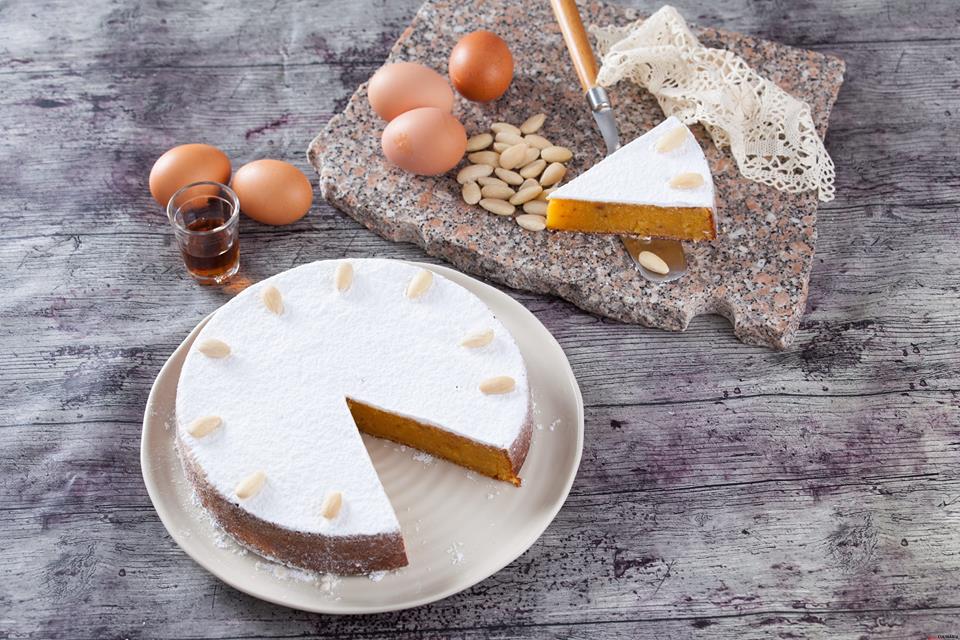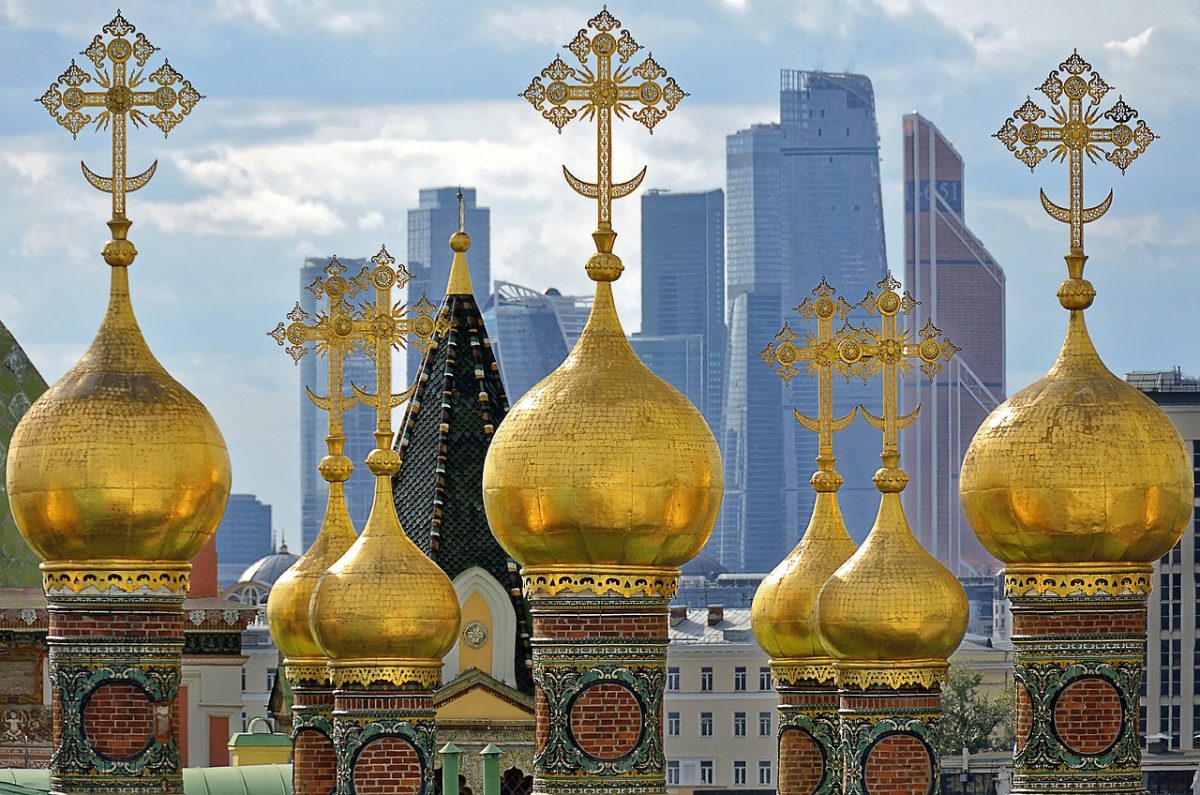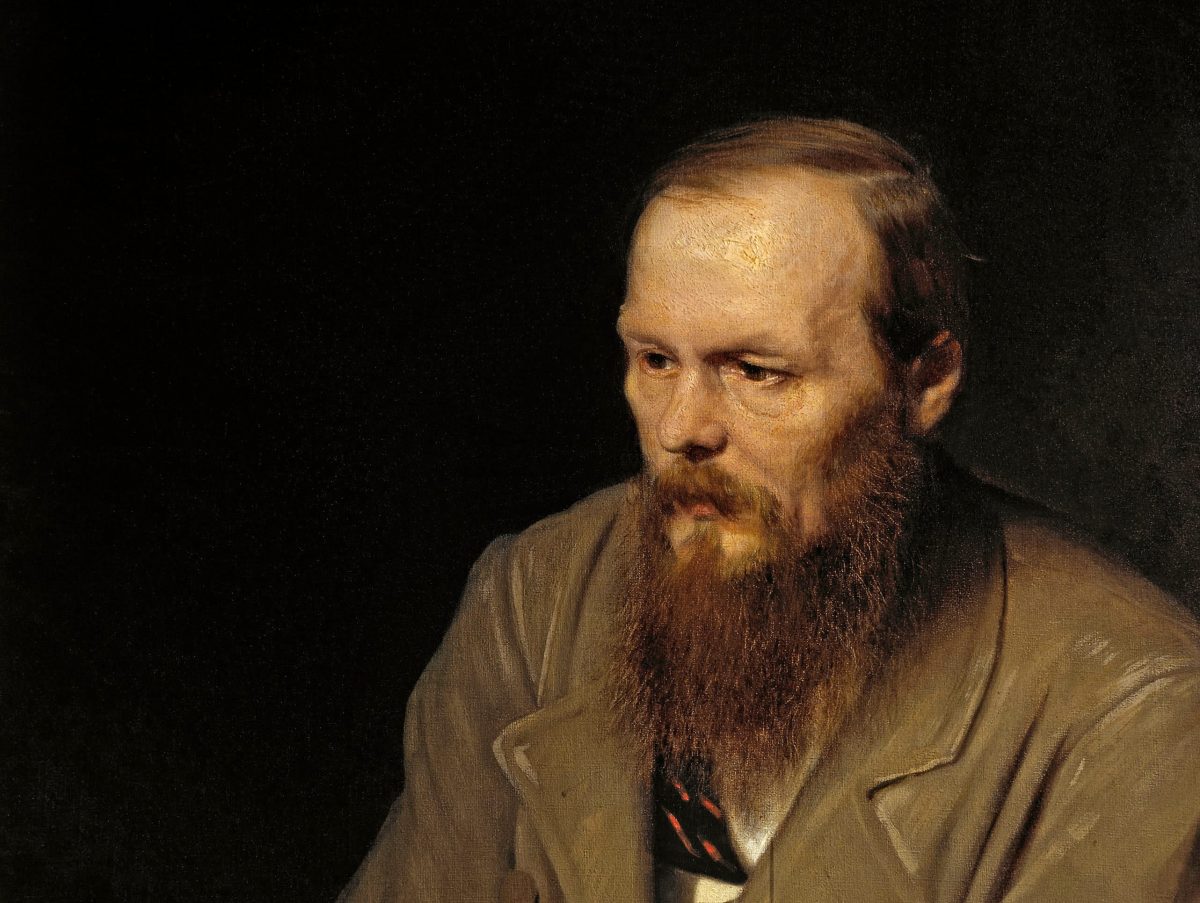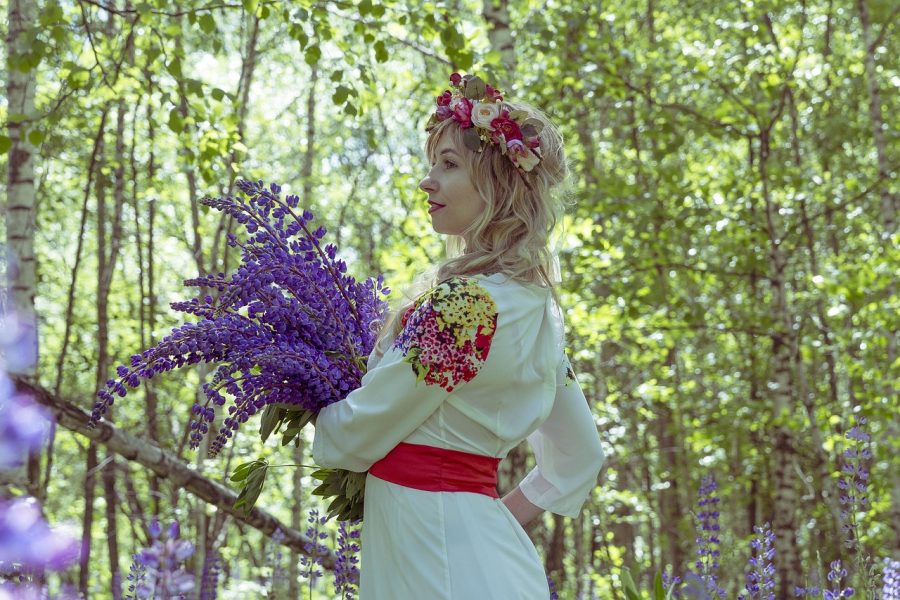Located in the far northeast of Portugal, Bragança is a city whose old castle still maintains a mediaeval urban core within its walls. Bragança, the historical capital of the region of Tras-os-Montes, is at once a city of vast avenues and a medieval town with battlements. These will grant you the panoramic views of the fields, forest, and small farms enjoyed for centuries. The city was known as Bragantia by the Celts and Juliobriga by the Romans. It is a century-old city located just a few kilometres from the border with Spain, which made the city a common setting for skirmishes and full-blown wars between Spain and Portugal.
It’s walled citadel was erected by Alfonso Henriques, first king of Portugal in 1130; whereas his son, Sancho I, improved the fortifications and ordered the building of Bragança Castle after taking the king from the kingdom of Leon in 1187. In 1442, King Alfonso V created the Duchy of Bragança for his uncle, who was the bastard son of King JoãoI, giving raise to one of the wealthiest and most powerful families of Portugal.
Entering the citadel or the bailey by the Porta da Vila (Town Gate), you will find yourself at the Pelourinho (Pillory), standing on a Lusitanian hog that recalls the Celtic origins of the region. In the massive Keep, which in the Middle Ages guarded the borders, the military museum also tells the history of the castle, built by King João I on the foundations of the earlier fortress that the 1st King of Portugal, Afonso Henriques, had built. From the top of the castle, you can enjoy an excellent view over the city and the vast outline of the mountains that surround it. You will also discover the Church of Santa Maria within the citadel, and the Domus Municipalis, the only example of civic Romanesque architecture in Portugal, where the city senate would meet.
Outside the walls, the city spread westward, and a number of mansions and monuments are preserved such as the Cathedral, the Church of São Vicente, the Misericórdia Chapel and the Church of Santa Clara. The valuable collection of the Abade de Baçal Museum is found inside the ancient Bishop’s Palace, while the Graça Morais Centre for Contemporary Art contains works from this renowned contemporary painter and other fine art collections.
1. Castle of Bragança
Bragança Castle is built within the walls of the Bragança citadel. It was erected in 1187, during the reign of King D. Sancho I, and improved by King D. João I in the 14th century, as well as restored in the 1930s. The castle has an advantageous position used by the Celts until the Romans conquered the area. Later, there would come the Visigoths, Muslims, and Christians. The Keep of the castle, 33 meters in height, offers amazing panoramic views over the city. It also houses the Bragança Museum of the Military.
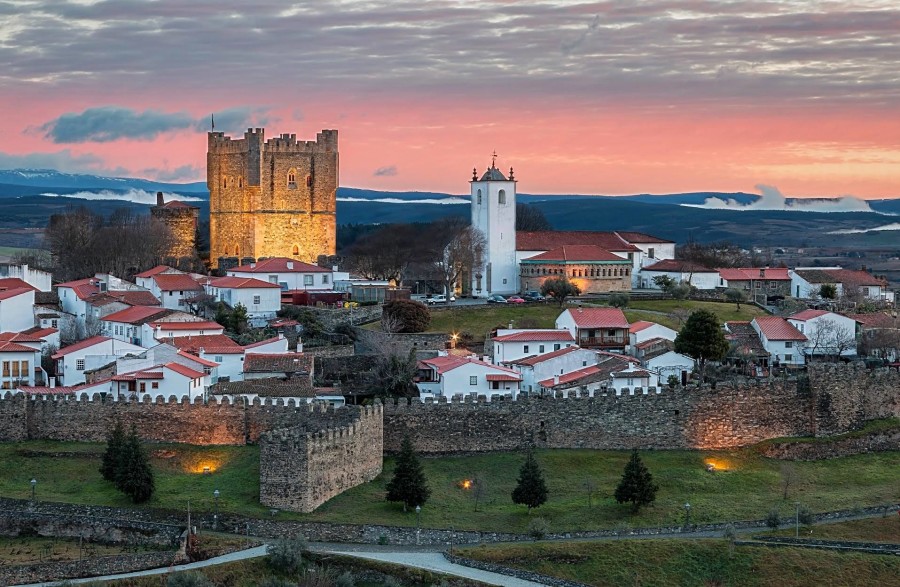
Just next to the keep, stands the Tower of the Princess, setting of many legends as romantic as tragic. One of them assures that Doña Sancha, sister to the first King of Portugal, pined in the tower the abandonment of his husband Fernão Mendes. Other legends goes on to narrate how a Moorish princess was locked in the tower for acting against the precepts of her faith and fall in love with a Christian knight. A third legend features Doña Leonor, daughter of the third Duke of Medina Sidonia, and married to Jaime, the fourth Duke of Bragança. She supposedly was kept prisoner in this tower by her whimsical husband.
2. Domus Municipalis
The Domus Municipalis is the only surviving example of Romanesque civil architecture and the undisputed highlight of a visit to Bragança. Shaped like an irregular pentagon, it contains a vaulted cistern overviewed by a spacious gallery surrounded by windows. This became the meeting place for the great and the good on the city´s council. There has been a great deal of debate surrounding the origins of this building. There are no certainties but the upper section is probably 13th century with the cistern dating back earlier.
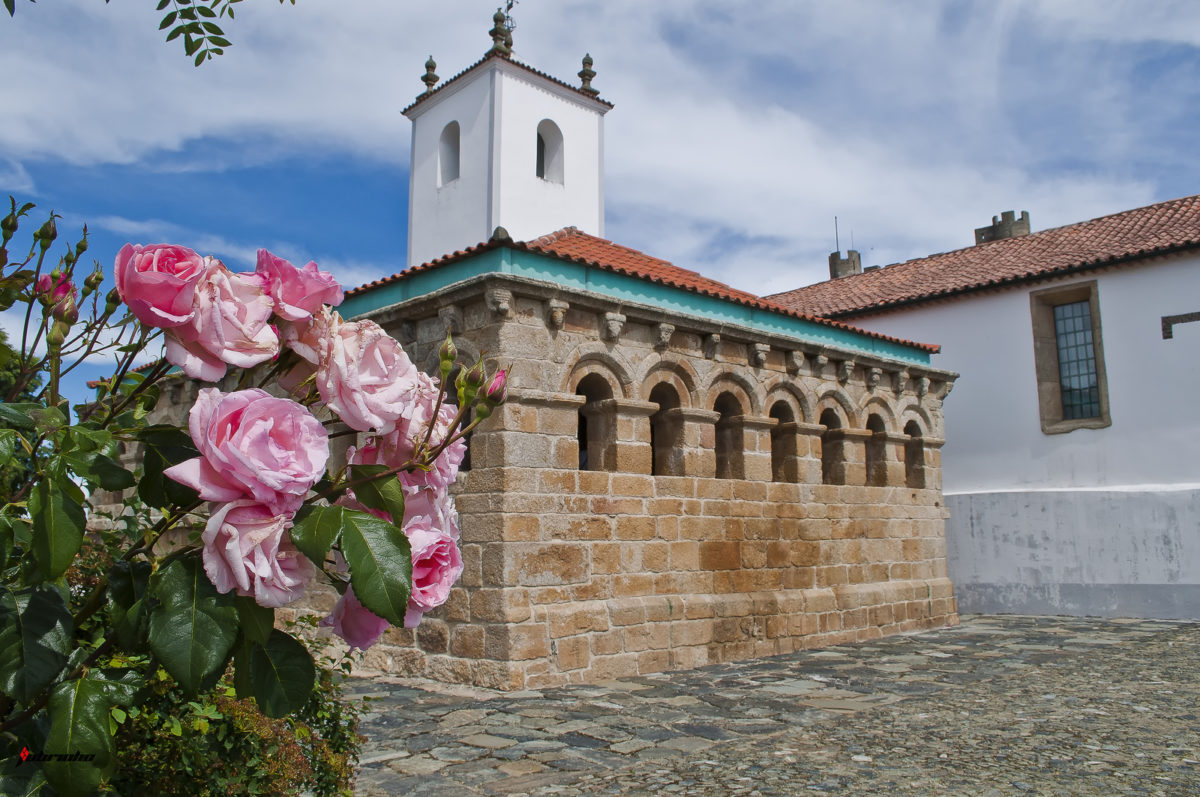
The type of material used, stone, is also unusual for this kind of construction even if it goes some distance to explaining its survival. This type of civil structure was normally built out of wood as neither the local nor the state authorities usually had the means to finance projects on this scale. In decorative terms, there are the fine medallions that run around both the external and internal cornices some of them depicting scenes using Romanesque imagery. The interior is spacious with seating along the walls with the main wall broken up by two doors. The windows have plain frames except for seven which are embellished with a starry pattern. The cover, a mansard roof, was put on in the 20th century as part of a major restoration.
3. Church of Santa Maria
Within the fortified citadel, there is the 16th-century St. Mary Church, also known as Our Lady of Evergreen Oak, after her representation was found in bushes with evergreen oaks. The St. Mary Church is believed to be the oldest in the city of Bragança. Since its construction in 1580, the Romanesque-style church underwent substantial modification over the next two centuries, resulting into a Baroque design.
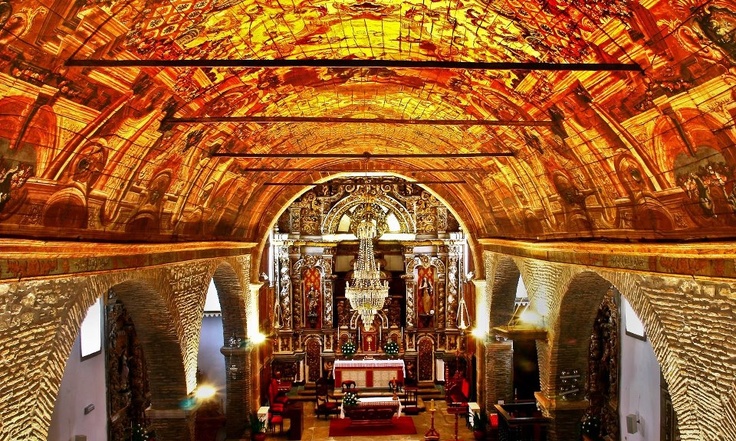
On the façade, there is the highly ornate entranceway, with its Solomonic twisted columns finished with bunches and leaves, in addition to the lateral niches, which is believed to be built in 1720, with the intervention of the bishop of Miranda, D. João Franco de Oliveira. The interior is distinguished by the three naves separated by polygonal columns and the barrel-vaulted painted ceiling from the 18th century. The painting depicts the Assumption of the Virgin in many colors.
4. Castro de Avelãs Monastery
Around 3 kilometres from Bragança, there is Castro de Avelãs, home to the remains of a Benedictine monastery. This wealthy institution played a key role in settling the region and aiding pilgrims on their way to Santiago de Compostela from the 12th century through to the end of the 16th century. In 1543, a papal bull was issued by Paul III that declared the monastery was annexed to the diocese of Miranda do Douro along with all its clergy and assets. This hand over began its decline. The remains are, however, extremely original. Romanesque in design, the church chevet clearly demonstrates the monumental scale of the project. According to the medieval construction methods then in use, this part of the church was first built but only after the entire perimeter had been demarcated. It could then be used as a place of worship prior to work actually being completed.
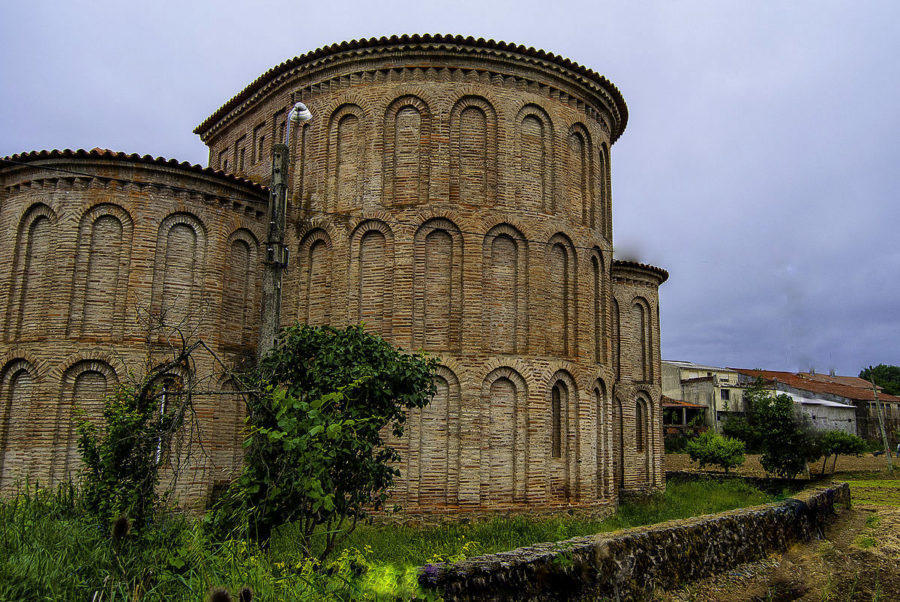
The chevet is made up of three circular chapels. These are of exceptional architectural quality featuring fine tile work and the decoration applied to the blind arcades, an example unique to Portugal. In the 18th century, a rectangular extension was added to the apse, the sacristy was annexed to the smaller left apse with the right remaining open to the outside. Of the surviving outbuildings, there remains a quadrangular tower. On 26th March 1387, the duke of Lancaster stayed overnight here prior to meeting with king João I (1385-1433) for the signing of the treaty of Babe in which he granted the hand of his daughter, Filipa of Lancaster, in marriage.
5. Iberian Museum of Mask and Costume
The Iberian Museum of the Mask and the Costume (Museu Ibérico da Máscara e do Traje) is another of the several attractions within the historic walled citadel (Cidadela) of Bragança which include Bragança Castle and its Museu Militar (Military Museum) within the castle’s keep. This small, recent, modern museum exhibits a striking collection of traditional folk masks and costumes from the Trás-os-Montes region of north eastern Portugal including Lazarim (Lamego) as well as Zamora province across the border in nearby Spain.
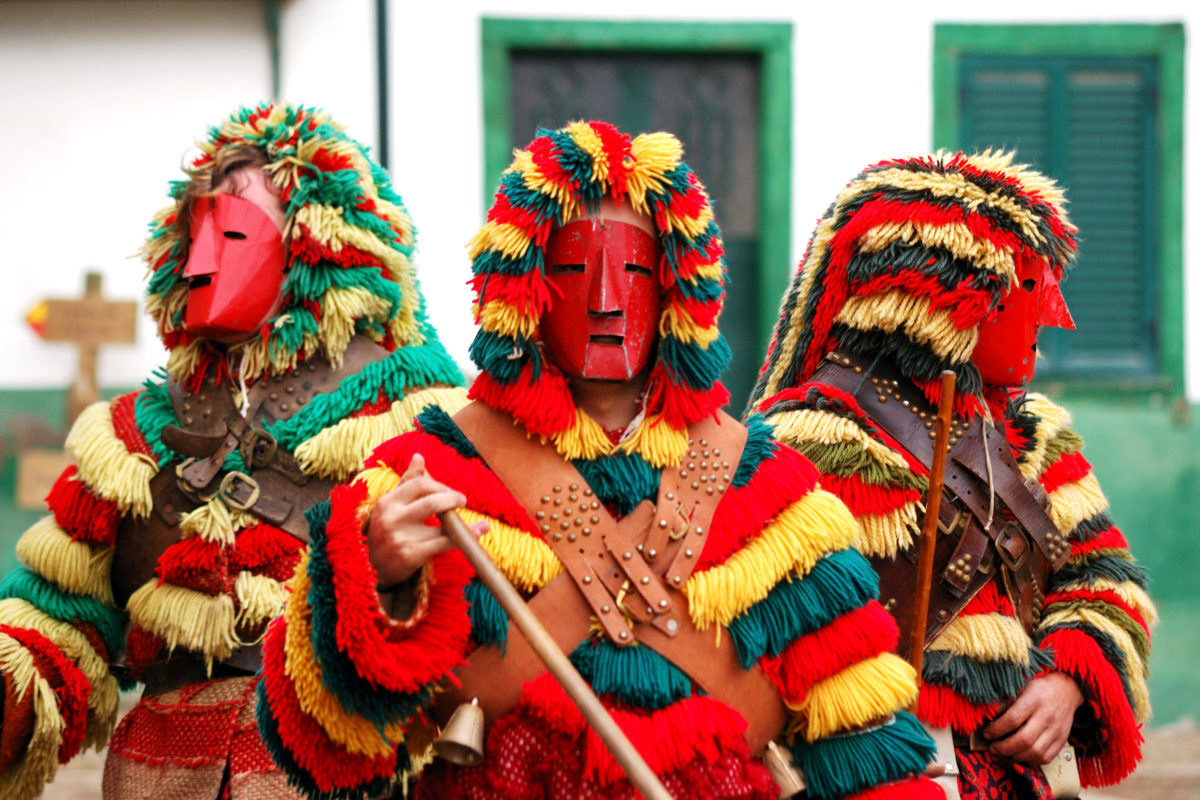
The masks and costumes on display on the three floors of the museum are centered on the Festas dos Rapazes (Festival of the Boys) and the local area’s colourful carnival and boisterous celebrations. The pieces exhibited are intricately worked from a variety of local materials including cloth, cork, straw, tin, wood and wool. The ground floor of the museum is dedicated to the winter festivals of the Trás-os-Montes region, the first floor has pieces from the winter mascarades of Zamora province in Spain and the second floor exhibits carnival costumes from both Spain and Portugal along with profiles and photographs of the artists who produce the hand made masks and costumes. These Iberian festivals date back to the Roman celebrations of Saturnalia and the Dionysia (Bacchanals) and the figures of horned devils invoke a time of excess, chaos and magic around the winter solstice before the onset of spring, renewed fertility and the promise of a bountiful harvest.
6. Montesinho
Montesinho is a typical small village lost in the Trás-os-Montes region (that literally means “Behind the Hills”), located on the slope of the astonishing Montesinho Mountain, in the heart of the Montesinho Natural Park, at about 1030 meters high. This traditional small village has been progressively recuperated, mostly for its tourist advantage, preserving its heritage and traditions.
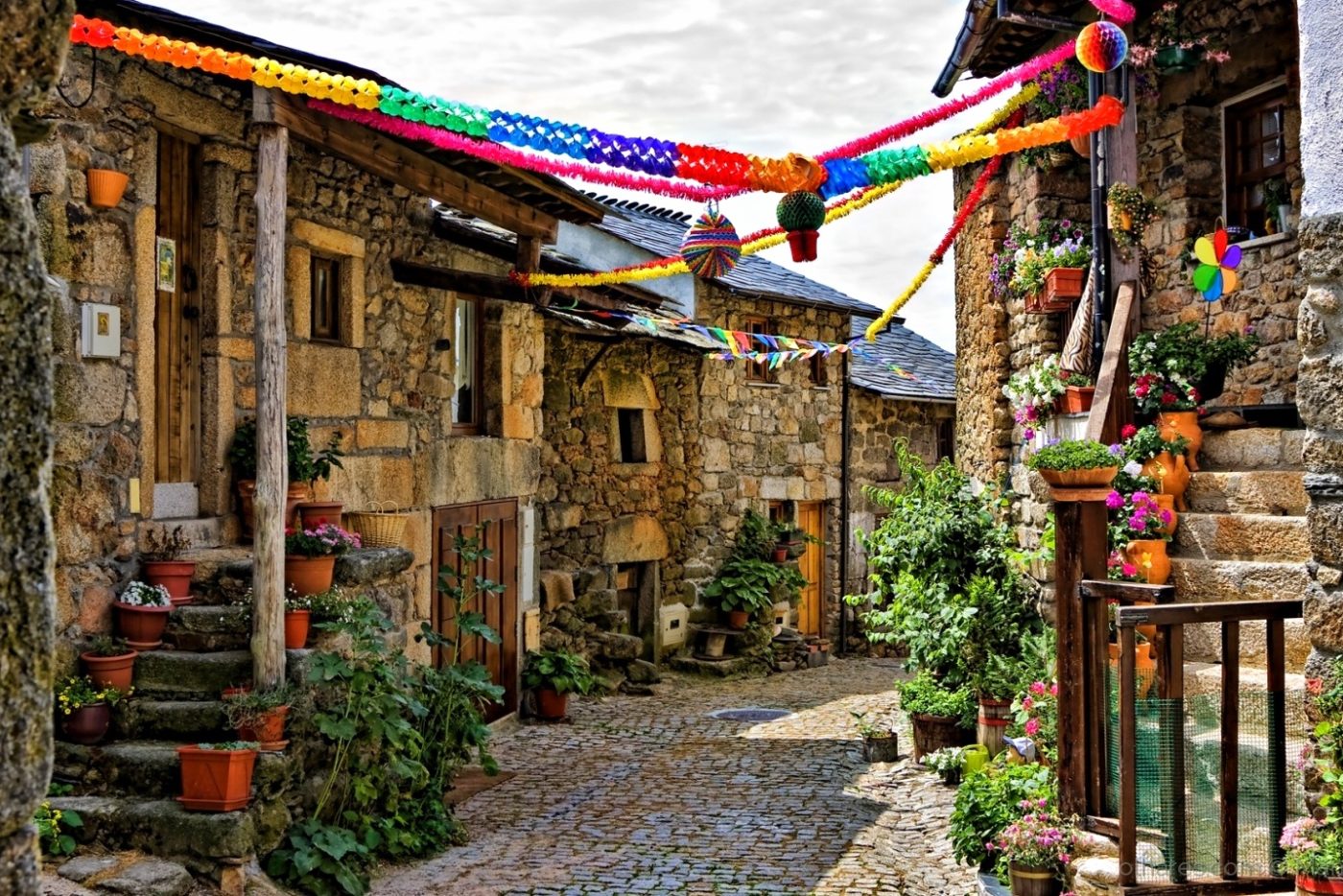
Montesinho is quite poor in agricultural resources, yet quite rich in cattle-breeding. The Montesinho mountain goat is one of the most famous products, created in the surrounding hills of the small village. This region is also quite known for the rigorous winters and the rough summers.
7. Rio de Onor
Rio de Onor is a small little village located at the Montesinho Natural Park and it’s a perfect place for biking and hiking. Tourist centres have free booklets with the eleven signaled trails. The many streams and rivers in the area crate river beaches ideal of bathing, fishing, or canoeing. The difficulties of living in such a harsh region led to strong fellowship traditions.
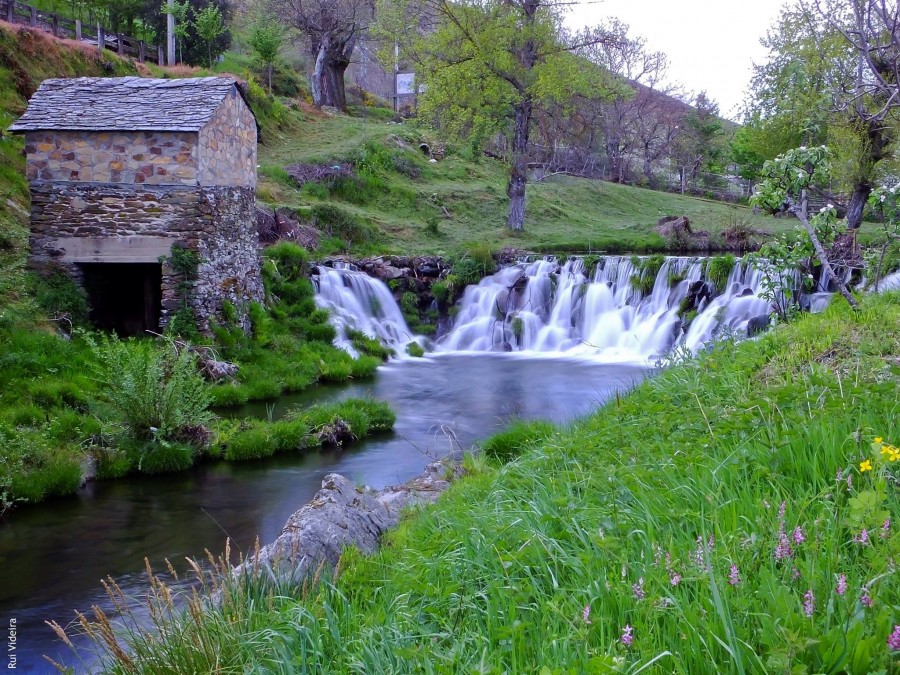
For centuries, people were used to share work instruments, bread baking ovens or cattle. The decisions were (and still are) taken by the village men in council. The river crosses the village, literally drawing the borderline between Portugal and Spain, but the inhabitants of the two countries have lived together for countless generations. The houses of this truly communitarian village have porches and are built of schist.
8. Montesinho Natural Park
The Montesinho Natural Park occupies 75,000 hectares between Bragança and the Spanish border and forms one of the best natural and cultural landscapes in the region of Trás-os-Montes. This great park is composed of a mosaic of meadows, oakwoods, great chestnuts, and deep gorges. It also features old stone hamlets where rural traditions are kept alive. The park was created to preserve both the 88 villages in the area as well as their natural surroundings. Fauna is varied here, composed of wild boars, foxes, Iberian wolves, vultures… and most of it is protected.
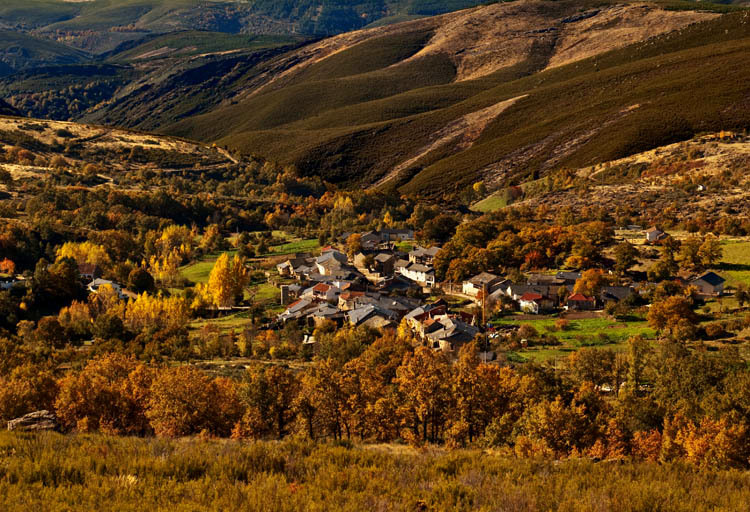
The vegetation that dominates the area is mainly composed of chestnuts and oakwoods, although the high areas are populated by heather and rockrose. In the town of Rio de Onor, a Spanish and Portuguese village, the traditional customs are kept alive, as it also happens in Guadramil, another border village. Some other must-visit towns are Pinheiro Novo, Moimenta, Dine, Montesinho, and Varge. The best basecamp to explore the park is Bragança. There are several towns with accommodation more into the park, but transportation is unreliable.
9. Abade de Baçal Museum
The Abade de (Abbot of) Baçal Museum took over the former Episcopal Palace in 1915. Built in the 18th century, this was the official bishops residence for half of year as the diocese was split between Miranda do Douro and Bragança. The name pays due homage to father Francisco Manuel Alves (1865-1948), Abbot of Baçal. He was a learned man with a deep interest in both the history of the region and its art and did much to ensure this museum was set up.
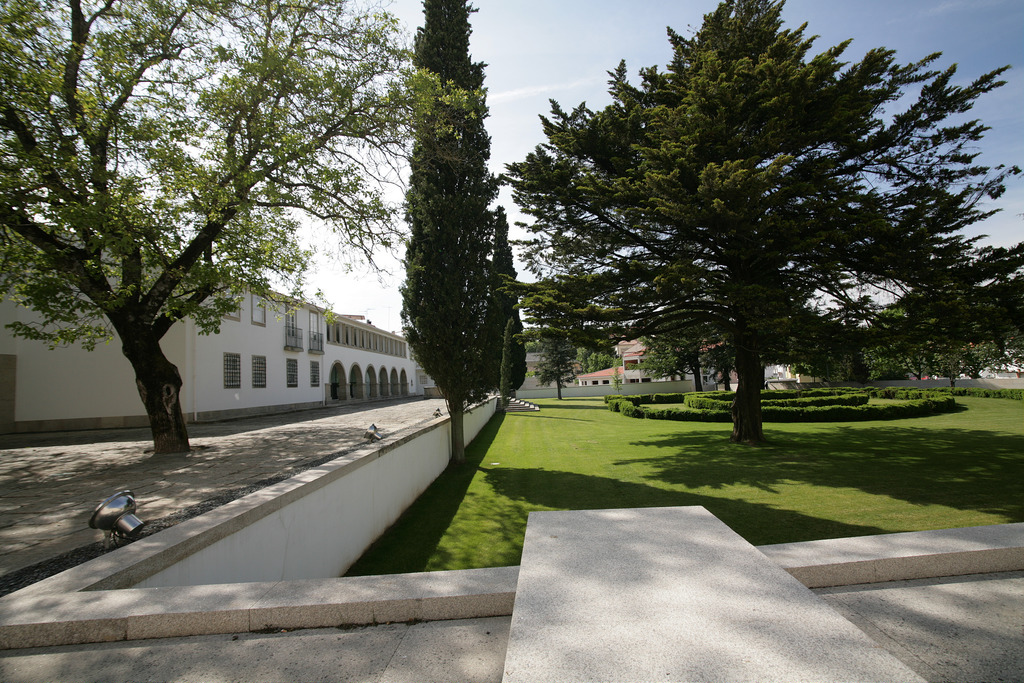
The history of the Northeast Trasmontano region and the Episcopal Palace form the themes of this exhibition spread throughout nine rooms. In addition to the original collection, donations were made by colonel Barbosa Rodrigues and Sá Vargas (coins and gold jewellery from the 18th and 19th centuries.) and legacies were left by writers Guerra Junqueiro and Trindade Coelho. Of particular value are the 15th century painting “Virgin with a Boy”, the 18th century cabinet for storing the holy oils, the three panels depicting the “Martyrdom of Saint Ignatius” (around 1560) and the 18th century canvas “Annunciation”.
10. Old Cathedral of Bragança
The Sé, or Old Cathedral of Bragança, is one of those places truly worth visiting. It was erected in 1545 as Igreja de São João Baptista Church but, in 1770, was promoted when the Diocese was transferred here from Miranda do Douro. It was then degraded when the Igreja de Nossa Senhora Rainha was built, which is the current Cathedral of Bragança.
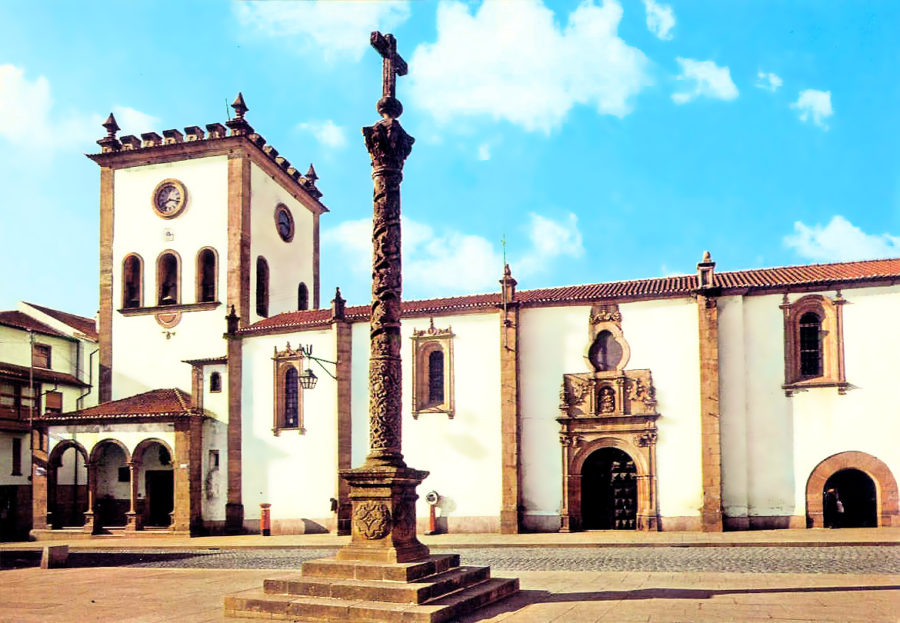
This Sé was the former church of a Jesuit convent, a building that had a single nave with reredos and rococó decoration. The interior decoration is based upon tiles and it features an ornamented organ in polychromic marquetry. There are also several altars in Baroque gilded wood. In front of the Cathedral, in the same Praça da Sé square, there is a calvary sculpture from 1869 on top of a Solomonic column.
11. Graça Morais Contemporary Art Museum
Inaugurated in June 2008, the Centro de Arte Contemporânea Graça Morais is an award-winning architectural project designed by Eduardo Souto Moura, resulting from the restoration and adaptation of a former 18th-century manor house.
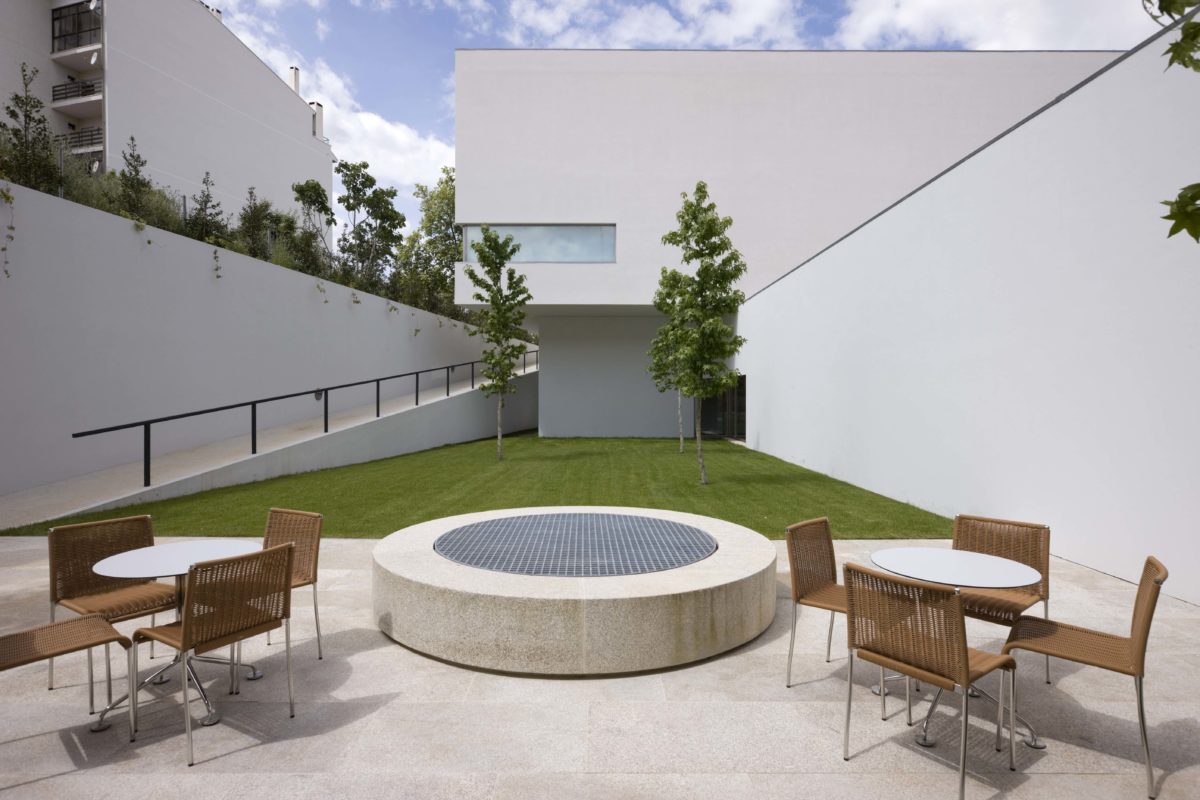
The dynamics of this space are based on a programme of temporary exhibitions, showing the works of individual artists or groups of artists that are representative of the Portuguese and international contemporary art contexts, as well as exhibitions of the work of the painter Graça Morais in particular, further complemented by other multi-disciplinary initiatives.
12. Church of São Vicente
The origins of the church stretch back to the 13th century when it served as the parish church. It was rebuilt first in the 16th century on the orders of bishop António Pinheiro and again in the 17th century after damage from a landslide. The original medieval structure remains in place at the altar end with alterations featuring obvious Baroque influences. The unadorned exterior features the lateral entrance, characteristic of convent churches, decorated in a Mannerist style.
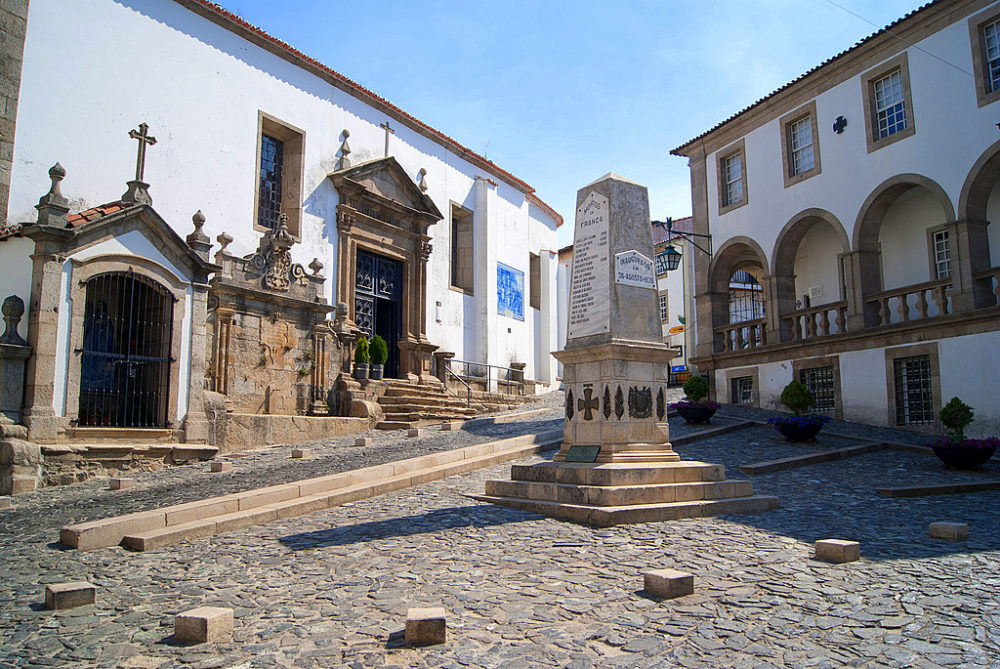
Inside, the main chapel is highly impressive with its polychromatic starred vaults finished with foliage decoration, and the Rocaille gold leafed carvings that are repeated on the triumphal arch and on the lateral retables. The church has its own history to tell including the 1352 secret marriage between Pedro (king from 1357 to 1367) and lady of the court Inês de Castro, celebrated by Gil, the dean of Guarda Se. It was also here, in 1808, that general Sepúlveda proclaimed the resistance of the people of Bragança to the invading French forces commanded by Junot. The event is registered in a tiled panel, placed on the southern façade in 1929.
